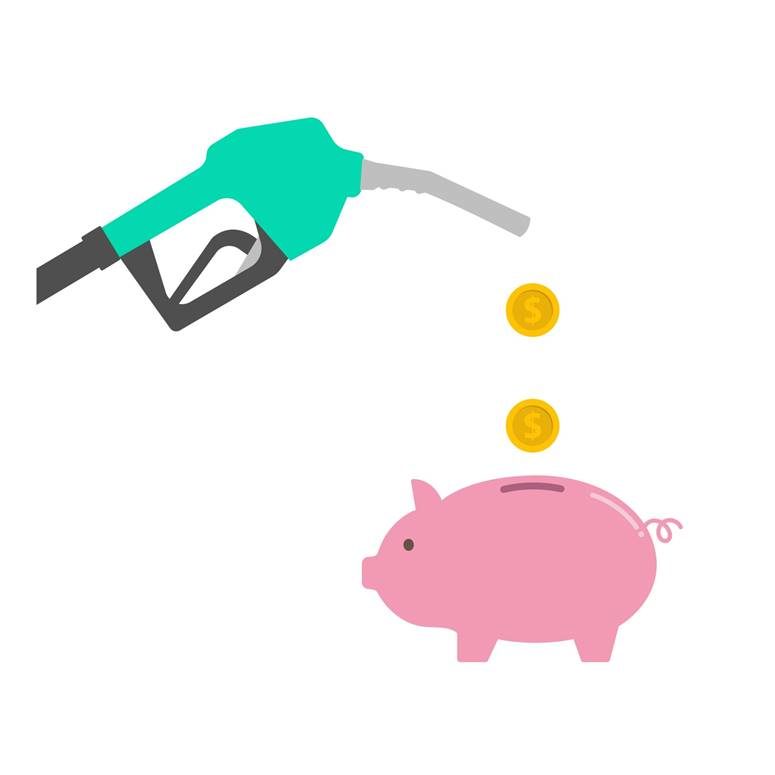The Optics of Fuel Taxes. Is India Missing a Trick?

Fuel taxes are back in the limelight, as the government took advantage of the slump in global crude oil to raise domestic taxes yet again. The new hike, a Rs 2 hike in excise duty on both petrol and diesel, and a Rs 1 hike in road cess on both, is expected to help the government collect an extra Rs 40,000 crores for the full year in 2020-21,if prices maintain current levels.
The hike also took the total share of taxes on petrol to over 50 percent of retail pump rates, while in diesel, the share is 46 percent.
This was achieved by hiking the excise duty on petrol to Rs 22.98 per litre and that on diesel to Rs 18.83. For perspective, till 2014-15, when the cycle of hikes started , the tax on petrol was Rs 9.48 per litre and on diesel, Rs 3.56 a litre.
The remaining taxes are the local state level taxes, in the form of sales tax or VAT, based on fixed, ad valorem (linked to price of fuel) or even a combination of the two.
Thus, today, consumers pay rs 37.83 on every litre of petrol in Delhi, where the fuel costs Rs 69.75. On Diesel, the total tax share is 28.06, while the remaining costs add up to Rs 34.52 per litre. (Ex Delhi)
The taxes from fuels are fast tuning out to be a critical component of the tax basket, with these contributing close to Rs 3.48 lakh crores in 2018-19. In 2020-21, it is safe to assume the contribution could be well over Rs 4 lac crores. That could be close to 18 percent of all receipts , on the budget estimates of Rs 22.5 lac crores approximately! So incredibly, the country has never been more dependent on fossil fuels as it is now . In fact, some would argue, India’s dependence on fossil fuel revenues is almost as high as those of some of the more diversified oil producing countries like Norway. That’s an incredible statistic. Dig deeper, and you will find that at the state level, the dependence on fuel taxes is even higher for states ranging from Delhi to Bengal to Maharashtra, Andhra Pradesh and more.
Coming to the optics, and the future direction. Two things have become very clear to us while reporting over the past 4 years on the government approach to transportation fuels. One, there is a definite floor on fuel prices, broadly in the region of Rs68-69 for petrol, and Rs 61 to Rs 63 for diesel. Prices will simply not be allowed to go below these levels, with the government happy to mop up any downside here with taxes. As it has repeatedly demonstrated over the years. On the upside, the government’s tolerance for prices can go as high as Rs 85 and above for petrol and Rs 80 for diesel. That means, don’t expect relief when the prices start climbing again, should oil prices rebound from here.
The second point is that there is a clear policy direction to funnel some of these gains towards climate mitigation measures, from the higher thrust on renewable energy, to subsidies for the transition to EV’s in transportation, and more.
It is these two points where we believe the government needs to communicate far more clearly domestically. After all, at global fora, our representatives have regularly borne India’s higher fuel taxes as a badge of honor, pointing out how this green tax is a sign of a country going well beyond its means to combat climate change. Shifting fuels to the GST regime would be step 1 in this direction, although getting states on board would remain a tough challenge.
Doing the above would require not just transparency, but also impart a new urgency to efforts to drive changes in both the energy and transportation sectors. For sectors like the auto sector and thermal energy, it will also offer clarity on just what to count on. Voices in the auto sector for instance, had been calling for a Rs 8 cut in fuel prices till last week, in line with the international drops. While we were certain it wouldn’t happen, the same clarity coming from the government would be very useful. Manufacturers still making ICE (internal combustion Engine) based vehicles need to be very clear about the best and worst case scenarios for fuel prices, which can have a significant impact on their sales.
Massive welfare schemes, which have supported the Modi government’s hold on power, could not have been funded without these high fuel taxes. But counting on these taxes in the long term could be foolhardy, as the world shifts away for good. ‘Peak oil’, might already have been reached in 2019, as 2020 will be marred by the Coronavirus outbreak and its dampening effect on fuel consumption and prices. If the worst case scenarios play out, global oil consumption could take almost three years to go back to 2019 levels, with flat to very slow growth from there on till 2030. The green tax, if the government officially calls it that, needs to be put to work much more efficiently in that time to help the country achieve lesser dependence on it.




